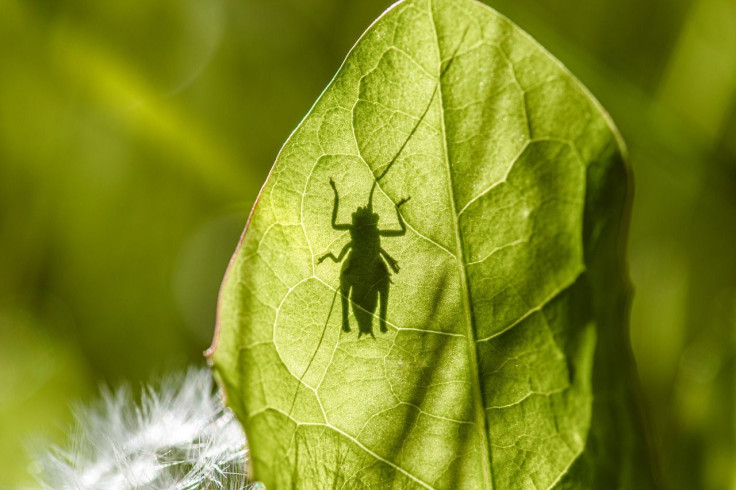'Nameless Scaria': New Grasshopper Species Discovered From Photos Shared On Social Media
KEY POINTS
- The photo was shared on iNaturalist, where citizen scientists can also contribute
- Researchers described the new species but did not name it
- The researchers' initial attempts to describe and name the species were rejected
Yet another new species has been found, thanks to social media. This time, a new grasshopper species was discovered using photos taken over 10 years ago.
Social media has been a part of many people's lives for years now, but every now and then it also helps discover new species. Only recently, for instance, a photo shared on Instagram led to the discovery of a new snake species.
Now, a new grasshopper species has been discovered with the help of social media. In a paper, published in the Journal of Orthoptera Research, researchers described a new pygmy grasshopper species that they discovered through iNaturalist, a social network platform where both professionals and citizen scientists share photographs to map biodiversity, Pensoft noted in a blog post.
🦗A #NewSpecies of pygmy #grasshopper - referred to as "the nameless Scaria" - reported in the journal @OrthopteraR after an #insect clearly absent from the scientific literature popped up on social media.
— Pensoft (@Pensoft) December 15, 2021
🔗Find more on our blog: https://t.co/WcWe7sWatY #Orthoptera #Entomology pic.twitter.com/m4P7i7hTQx
The pictures were taken by Robert Sindaco, a scientist, photographer and co-author of the study, in the Peruvian rainforest in 2008 and were posted on the platform in 2018. A group of students from Croatia noticed the unique pattern on the creature. It was "nothing they have so far encountered in the scientific literature," Pensoft noted.
"(T)he specimens photographed were identified by the senior author as a new species belonging to the subfamily Batrachideinae," the researchers wrote. "Since the photographs were posted, no one has described the species, nor has there been another recorded sighting of it. Differences in morphology observed from the five photographs may be sufficient to propose a new species within the genus Scaria Bolívar, 1887."
The 'nameless Scaria'
But it hasn't been an easy road to describe the species as the researchers' paper was initially rejected from publication, Pensoft noted. Describing new species simply from photos or illustrations is not "common practice," although it has been done before. "The taxonomic community does not accept photography-based taxonomy" for various reasons, the researchers explained.
"This is proven by rejections of this very manuscript when the naming of the species was included," they wrote.
The International Code of Zoological Nomenclature (ICZN) does allow the naming of species from photographs. However, the practice is "generally looked down upon," Pensoft noted. So, the researchers described the new species in the paper but did not give it a name, calling it only the "nameless Scaria."
Apart from showing the importance of citizen science portals such as iNaturalist, the research team used the description of the new species to open a discussion about the naming practice. According to the researchers, they are not proposing descriptions based solely on photographs should be the norm, but that it can also be beneficial "in certain cases and for certain taxa."
"By the time a scientist collects, examines, and describes one new species, several more have gone extinct (Stork 2009)," the researchers wrote. "Every new species' description serves as a reminder of those that could not be studied in time and are now irretrievably lost."

© Copyright IBTimes 2024. All rights reserved.






















